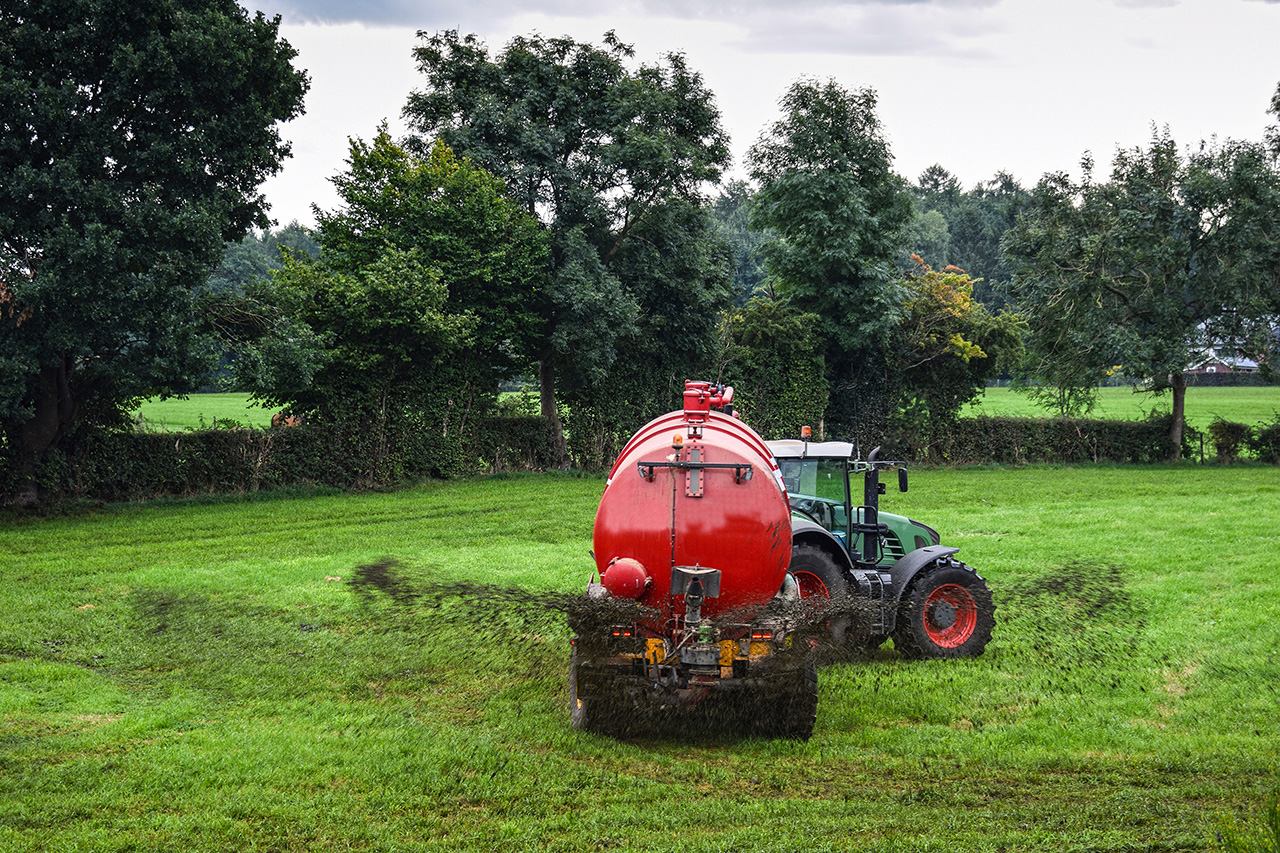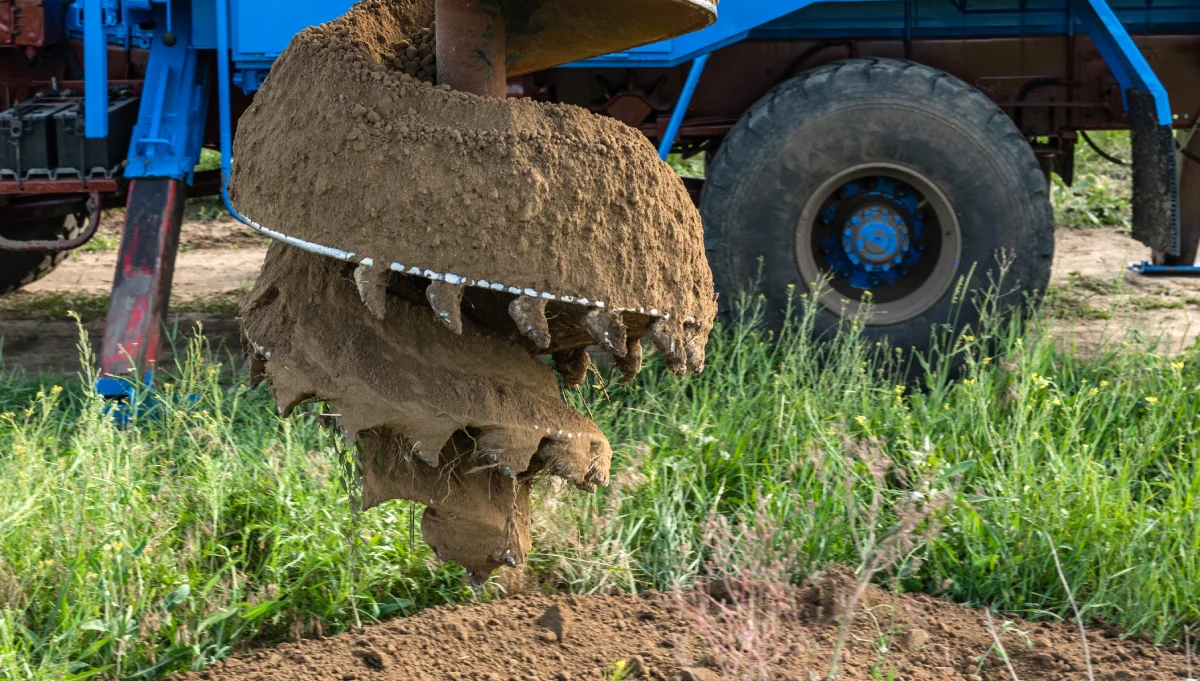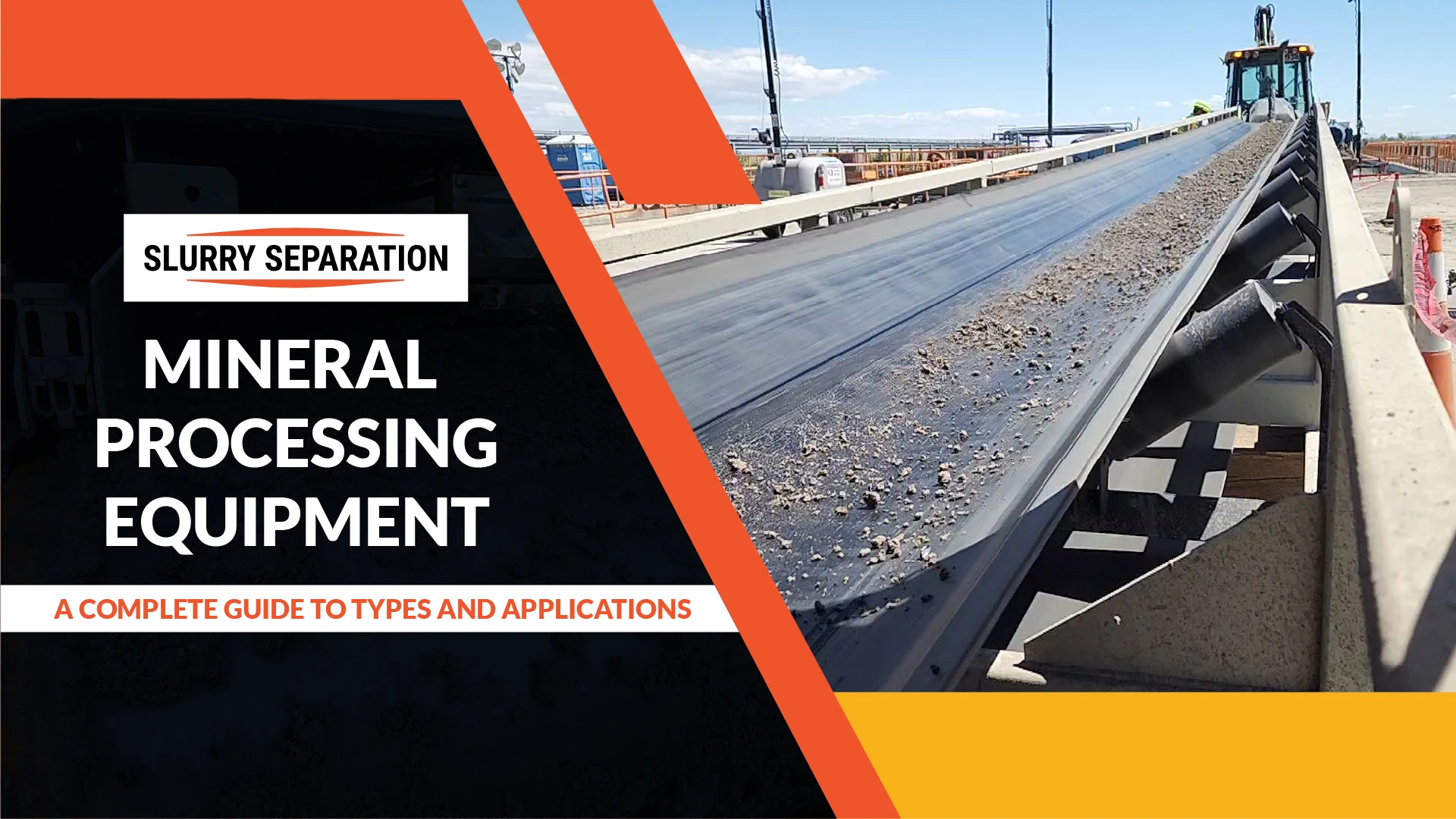In modern agriculture, effective management of agricultural waste, such as slurry, manure, and organic residues, is essential for environmental sustainability, soil health, and crop productivity. Slurry separatorrs in agriculture, also known as solid-liquid separators or slurry dewatering systems, play a crucial role in agricultural applications by separating solids from liquid slurries, facilitating nutrient recovery, and minimizing environmental impact. In this blog post we explore how slurry separators in agricultural applications improve waste management, nutrient utilization, and overall farm efficiency.
Slurry Collection and Handling
In agricultural operations, slurry is generated from livestock housing, manure storage facilities, and biogas digesters, containing a mixture of organic solids, liquid, and nutrients. Slurry separators in agriculture, meanwhile, separate solid and liquid fractions, allowing for efficient slurry management and nutrient recycling. The slurry is collected from barns or storage tanks and pumped into the slurry separator, where mechanical separation processes occur to separate solids from liquids.
Solid-Liquid Separation
Slurry separators employ various separation techniques, including centrifugation, filtration, sedimentation, and mechanical dewatering, to separate solids from liquid slurries effectively. Centrifugal slurry separators utilize centrifugal force to separate heavier solid particles from the liquid phase, resulting in a clarified liquid fraction and a dewatered solid fraction. Filtration systems like shale shakers employ screens, meshes, or membranes to physically separate solids from liquids based on particle size and geometry, producing a clarified liquid stream and a concentrated solid cake. Sedimentation tanks allow suspended solids to settle under gravity, producing a clarified liquid supernatant and a settled sludge at the bottom of the tank. Mechanical dewatering techniques, such as screw presses, belt presses, or filter presses, mechanically compress slurry solids to remove excess liquid and produce a dewatered solid cake.
Nutrient Recovery and Management
Slurry separators enable efficient recovery and management of nutrients, such as nitrogen, phosphorus, potassium, and organic matter, from agricultural waste streams. The separated liquid fraction, or effluent, contains dissolved nutrients and organic compounds, suitable for land application as liquid fertilizer or irrigation water. The dewatered solid fraction, or cake, retains concentrated nutrients and organic matter, which can be composted, land-applied, or utilized as soil amendments to improve soil fertility and structure. By separating solids from liquids, slurry separators help maximize nutrient utilization, minimize nutrient losses, and reduce the risk of nutrient runoff and groundwater contamination.
Environmental Protection and Regulatory Compliance Built-In
Effective slurry management is essential for environmental protection and compliance with regulatory requirements governing agricultural waste management. Slurry separators help mitigate environmental risks associated with nutrient runoff, soil erosion, and water pollution by separating solids from liquid slurries and facilitating responsible nutrient recycling. By reducing the volume and mobility of slurry, separators minimize the environmental impact of agricultural waste on surface water quality, aquatic ecosystems, and soil health. Additionally, nutrient-rich liquid effluent produced by slurry separators can be applied to crops in a controlled manner, minimizing nutrient losses to the environment and optimizing nutrient uptake by plants.
Contributing to Operational Efficiency
Slurry separators contribute to operational efficiency and cost savings in agricultural operations by streamlining slurry management processes, reducing waste volume, and improving nutrient utilization. By separating solids from liquids at the source, separators minimize the need for costly storage, transport, and disposal of untreated slurry. Furthermore, the dewatered solid fraction produced by slurry separators has reduced volume and moisture content, facilitating easier handling, storage, and land application. Improved nutrient management and soil fertility resulting from slurry separator use can lead to higher crop yields, reduced fertilizer requirements, and enhanced farm profitability over the long term.
Slurry separators play a vital role in agricultural applications by enabling efficient slurry management, nutrient recovery, and environmental protection. By separating solids from liquid slurries, separators facilitate responsible nutrient recycling, minimize environmental impact, and enhance operational efficiency in farming operations. With increasing emphasis on sustainable agriculture and environmental stewardship, slurry separators offer a practical solution for managing agricultural waste streams and optimizing nutrient utilization in a manner that is economically viable and environmentally sustainable.




